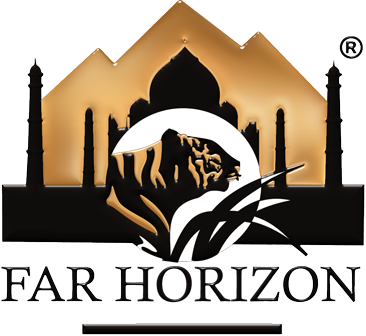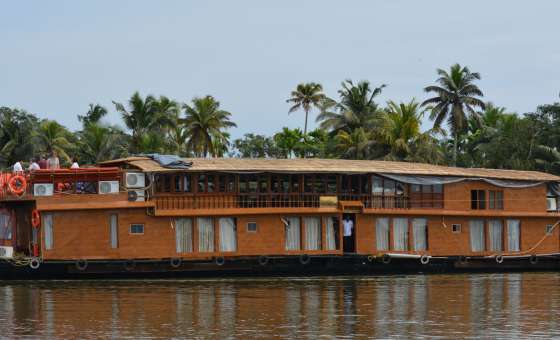A Sacred Trail with Kerala Backwaters
more_vert
Introduction
- Visit Meenakshi Temple
- Tour of Madurai City
- Explore Kanyakumari (boat ride to visit Vivekanand Memorial)
- Visit Padmanabha Temple, Trivandrum
- 2 Nights Stay on the traditionally built Kerala boat with all meals
- Explore the Kerala Backwaters
- Tour of Fort Cochin
Destinations Covered
Madurai
Athens of the EastOne of South India’s great temple towns, constructed in the form of a lotus, Madurai is famous for the awe-inspiring Sri Meenakshi Temple complex. It is an animated city packed with pilgrims, business-people, bullock carts and underemployed rickshaw drivers. It’s one of South India’s oldest cities and has been a center of learning and pilgrimage for centuries. A textile centre from way back, the city was also the setting for Mahatma Gandhi’s decision, in 1921, to wear nothing but khadi (homespun cloth), and tailors’ shops are everywhere in town.
Kanyakumari
Kanyakumari, also known as ‘Cape Comorin,’ is the southern tip of the Indian Peninsula where the Arabian Ocean, the Indian Ocean and the Bay of Bengal meet together. It is the smallest district in Tamil Nadu and the only place in the entire world where one can witness both the rising and setting of the sun at the same time along with moon rise.
Alappuzha
Venice of the EastAlappuzha is the hub of Kerala's backwaters, home to a vast network of waterways, over a thousand houseboats and an important coir industry. Head out towards the backwaters and Alleppey becomes graceful and greenery-fringed, disappearing into a watery world of villages, punted canoes, toddy shops and, of course, houseboats.
Backwaters of Kerala
Kerala is renowned for its emerald backwaters that sing of tranquility and rejuvination like Backwaters in Kerala is a network of 1500 km of canals both man-made and natural, 38 rivers and 5 big lakes extending from one end of Kerala to the other. While hill resorts and beaches can be found in other parts of India, the backwaters are unique to Kerala. Meandering through the coastal areas of Kerala is a 900 kilometers (560 miles) long intricate network of lagoons, lakes, canals, estuaries and deltas of several rivers that flow into the Arabian Sea.
Kochi
Queen of the Arabian SeaKochi (formerly Cochin) is a cosmopolitan city in the state of Kerala with a bustling commercial port. Kochi is the financial capital of Kerala and, with a population of more than 2 million, the biggest urban agglomeration in the state. It is one of the major tourist destinations in India.
















